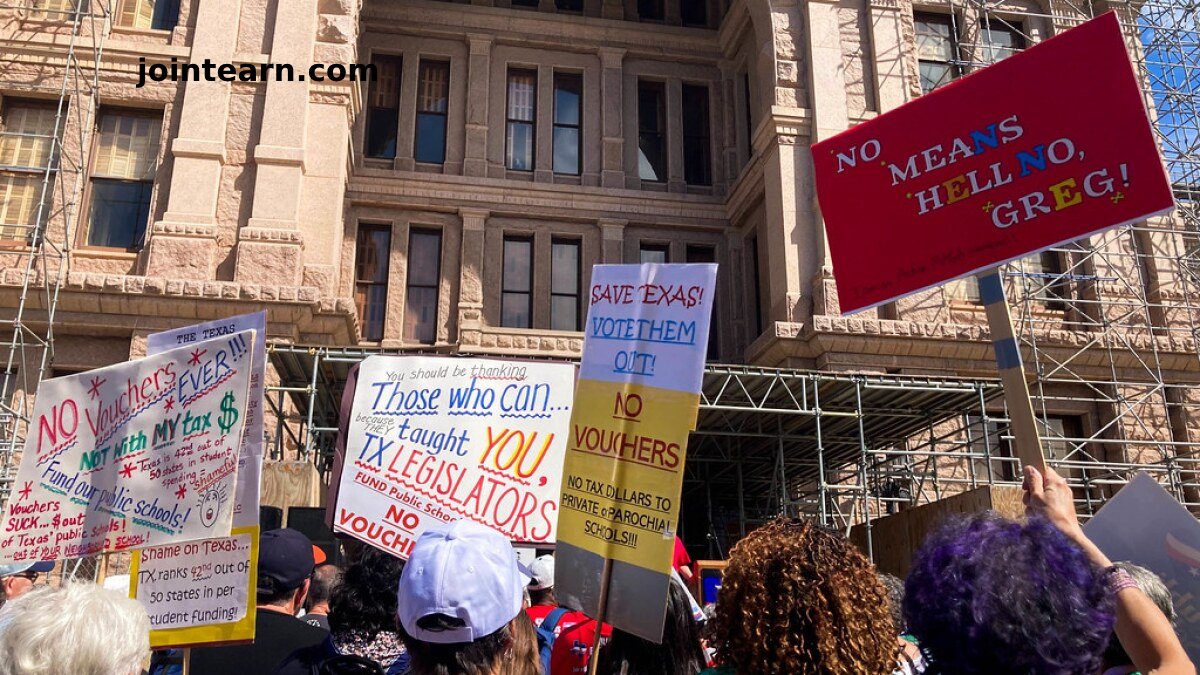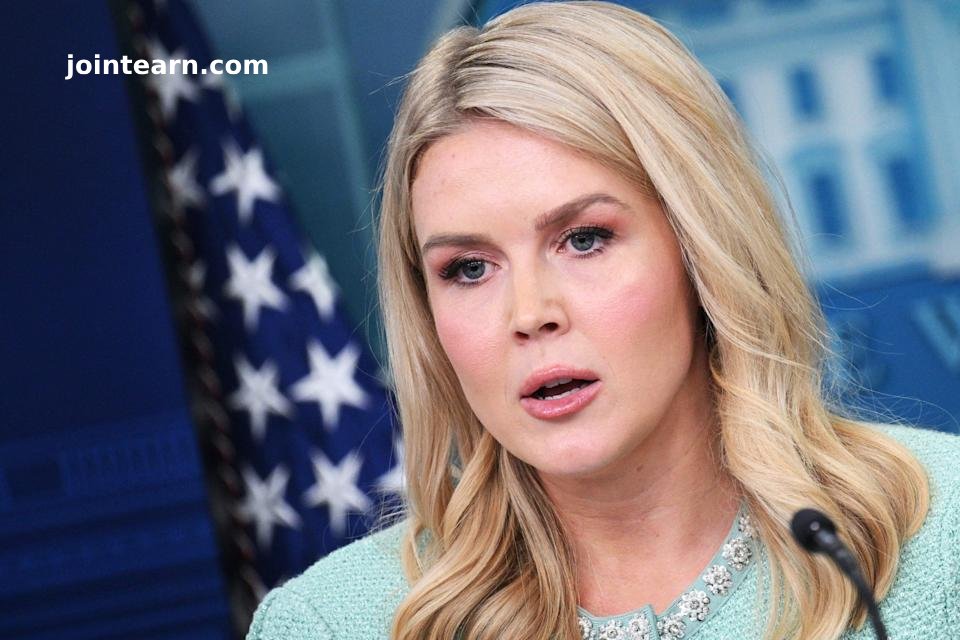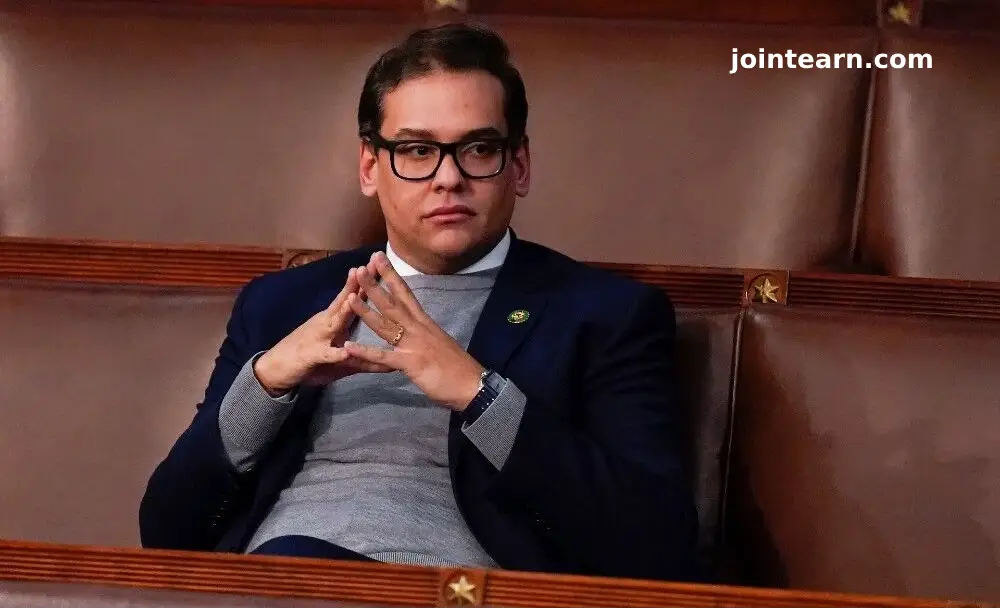Republican-led states are accelerating the expansion of school vouchers in 2025, directing more taxpayer dollars toward private school funding and homeschooling expenses. However, critics warn that the growing programs may strain public school budgets as federal pandemic relief dries up and economic uncertainty looms.
Texas recently passed a $1 billion-per-year education savings account program, sending the bill to Governor Greg Abbott for signature. Meanwhile, Republican lawmakers in Congress are pushing for a national expansion of school choice programs, even in states historically resistant to vouchers.
In states with broad Republican school choice initiatives, costs are rapidly increasing, eating into general budgets. Tennessee also adopted a new program this year, and North Dakota debated one until a gubernatorial veto derailed it for now.
With pandemic funds disappearing, voucher critics fear these programs will directly compete with public schools for funding.
“Even with separate revenue sources, it feels like school choice and public education are fighting over the same shrinking pie,” said Page Forrest of the Pew Research Center.
Rising Costs of Scholarship and Savings Account Programs
Until recently, school voucher programs primarily supported low-income or special-needs students. Now, many state-funded education savings accounts are open to all families — dramatically increasing costs.
Studies show that many initial voucher recipients were already enrolled in private schools, meaning taxpayers are now covering costs previously paid privately. In Florida, vouchers are projected to cost taxpayers almost $3.9 billion next year — nearly 8% of the state’s general fund. In Arizona, vouchers consume nearly 5% of the total state budget.
An Associated Press analysis found that Iowa, Ohio, and Oklahoma will see education voucher spending exceed 3% of their general budgets by 2026.
Smaller but growing voucher expenses are also reported in Arkansas, Indiana, North Carolina, Utah, and West Virginia as new programs scale up.
Momentum Grows for Vouchers Despite Economic Challenges
Massive campaign spending by voucher advocates has helped flip previously hesitant Republican lawmakers. Many school choice supporters argue the pandemic showed the need for more educational options outside traditional public schools.
Last year, Alabama and Louisiana approved new voucher programs. Tennessee Governor Bill Lee recently announced a $447 million program launching for the 2025 school year.
Texas passed legislation offering over $10,000 annually per student attending accredited private schools. While initially capped at $1 billion, legislative analysts project the program could balloon to $4.5 billion annually by 2030 — partly offset by an estimated $800 million in public school savings from reduced enrollments.
North Dakota’s energy-driven economy led Governor Kelly Armstrong to veto an education savings account bill, citing implementation problems and financial risks. Nevertheless, Armstrong indicated school choice remains a future priority.
“We can’t afford to start something expensive without knowing long-term impacts,” said Erin Oban of North Dakotans for Public Schools.
National Push for School Vouchers Faces Challenges
In Washington, Republican leaders are advocating for broader school choice tax credits as part of a larger tax cut package. However, competition for budget priorities may make national expansion difficult.
Ohio offers a cautionary tale: under a recent House Republican budget plan, voucher funding would grow faster than public school funding by 2026. Critics, like Democratic Rep. Bride Rose Sweeney, argue that public schools — serving 90% of Ohio students — are being shortchanged.
“They’re putting more money into vouchers while public schools still aren’t getting what they need,” Sweeney said.
Additionally, the new plan would allow scholarship funding for private schools with minimal state oversight.
Parental Support Remains Strong for School Choice
Despite criticism, many parents remain enthusiastic about school vouchers in 2025. Rachel Brady, a mother of four in North Carolina, led successful efforts to secure expanded scholarship funding after thousands of eligible students were waitlisted.
“This is the best investment we can make in our kids’ futures,” Brady said. “If cuts have to be made elsewhere to keep these programs alive, so be it.”
North Carolina Governor Josh Stein and Arizona Governor Katie Hobbs, both Democrats, have proposed scaling back voucher programs. But with Republican-controlled legislatures in both states, significant rollbacks appear unlikely.
The North Carolina House budget passed this month includes funding for scholarships — but offers a smaller raise for public school teachers than Governor Stein had requested.












